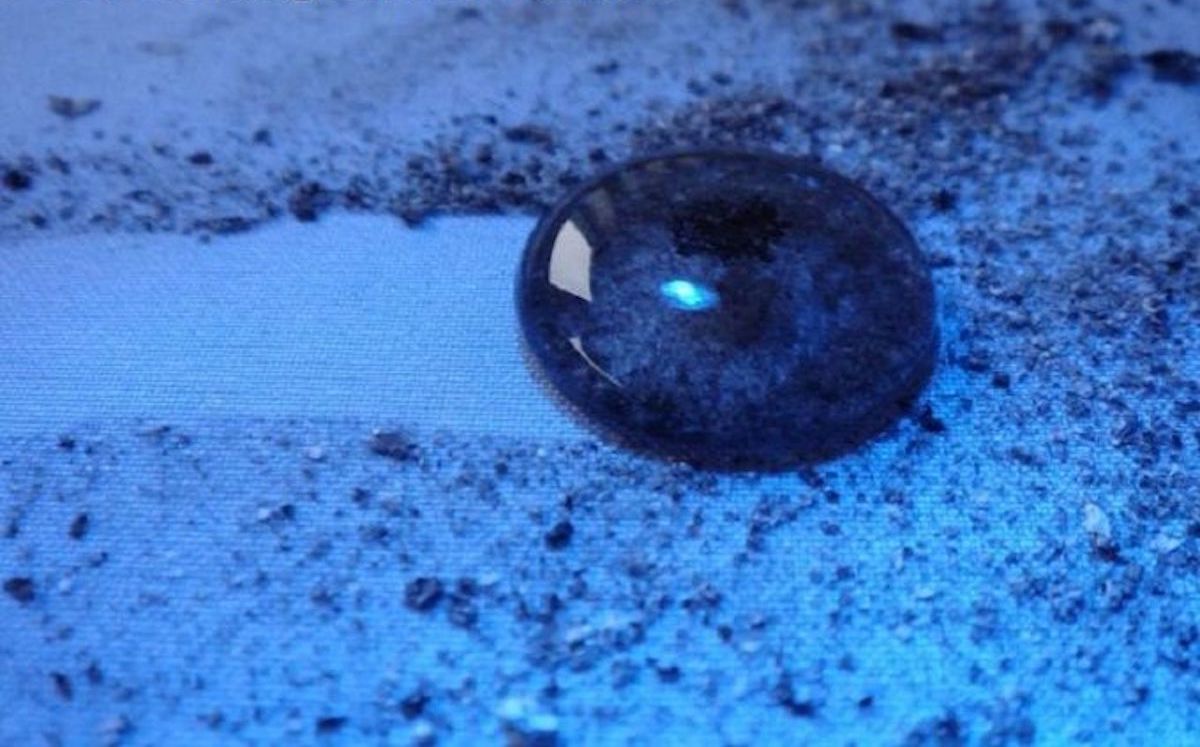what is the
future of
technology and
innovation for
real estate?
where can we
look for
meaningful
insights to help
us solve
real estate's
biggest problems?
The MIT Tech Tracker is a tool
to scout, track and predict
the future of real estate
technology.
Developed by the
MIT Real Estate Innovation Lab,
this tool is an outcome from an
advanced, interactive, and
extensive educational
experience with JLL.
why we do it?
to scout and track
technologies with
data, not gut...
in a way that is relevant
for the real estate
industry
Technologies
STEM
2021
Technologies
HEALTH
2021
Technologies
FINANCE
2021
Technologies
ROBOTICS
2021
beyond all the lists...
withoutallthehype







and to turn bytes into insights
with the...
how we do it?

1 We find where
technologies come
from ...

2...and how
technologies move from
the lab...

3..to track when technologies
become available in the
market...

4...and ultimately how
technologies
become a part
of our life.
With a growing dataset of...
and to know the time a technology takes...
Helping science and design to create
strategies and products for the
real estate industry...
and unlock technology
to make human life better...

and to turn bytes into insights
with the...
what you get?
a way to rank technologies...

technology profiles ...

core activity and milestone data...

linked to strategies...
technologies that change...
The science is clear. Automation of job tasks is linked to both the creation and elimination of job tasks. To see where automation is impacting the built environment, we categorize technologies that can have an impact.
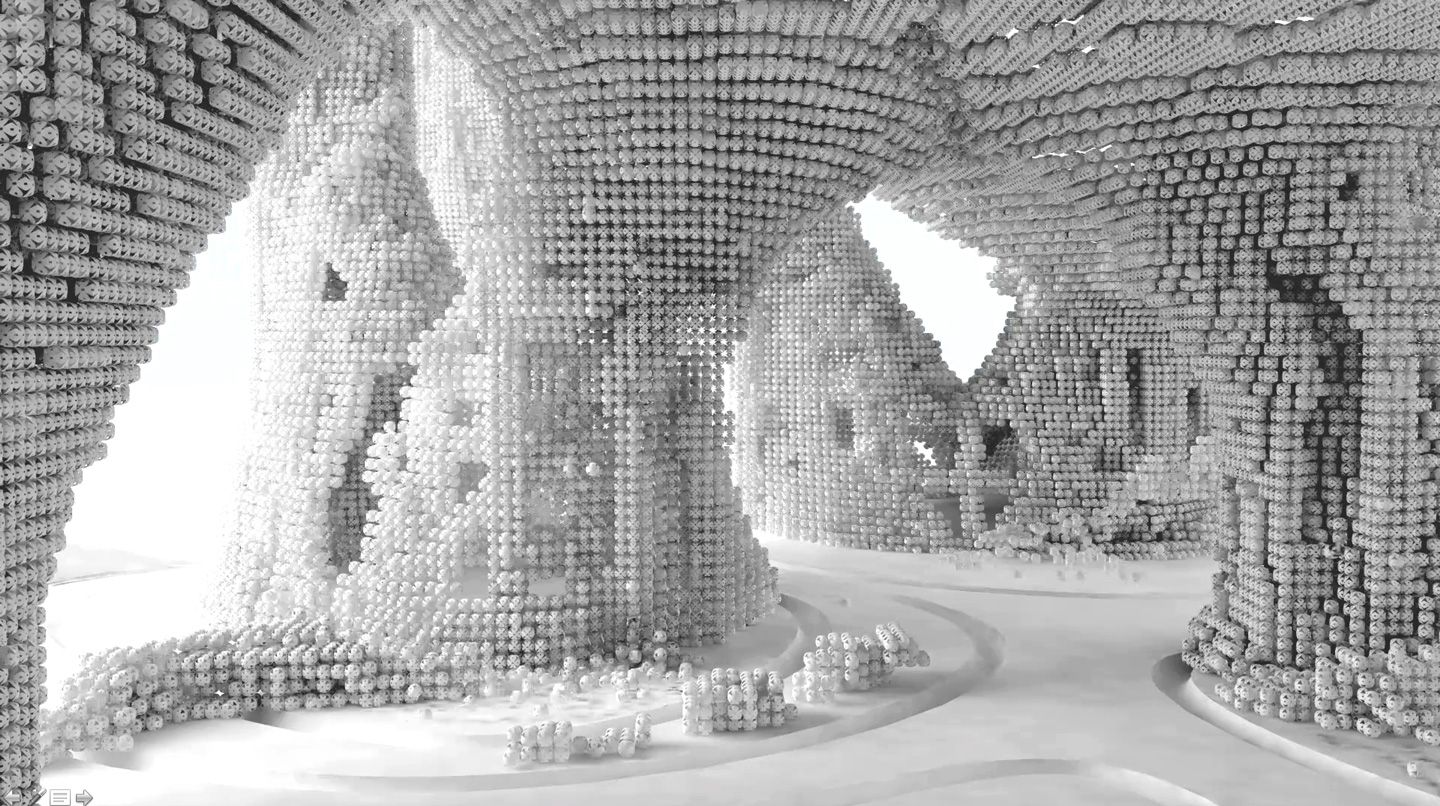
technologies that change...
Buildings are responsible for one third of global carbon emissions. Technologies that can help minimize waste, decrease resource use and optimize building reuse help society combat climate change.
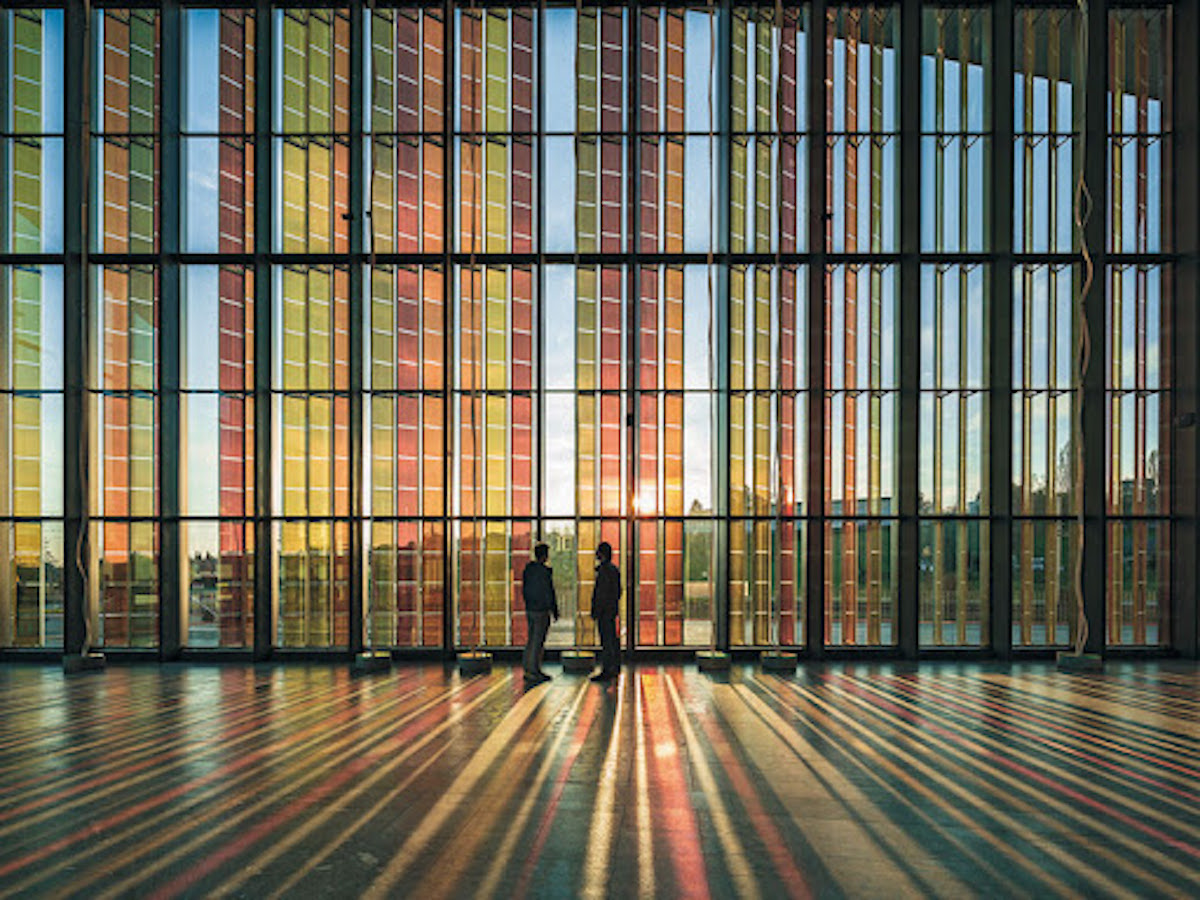
technologies that change...
Pandemics, extreme weather events, productivity, diversity and inclusion are all changing where and how we work. These technologies help to support the spectrum of the human experience for getting the job done.
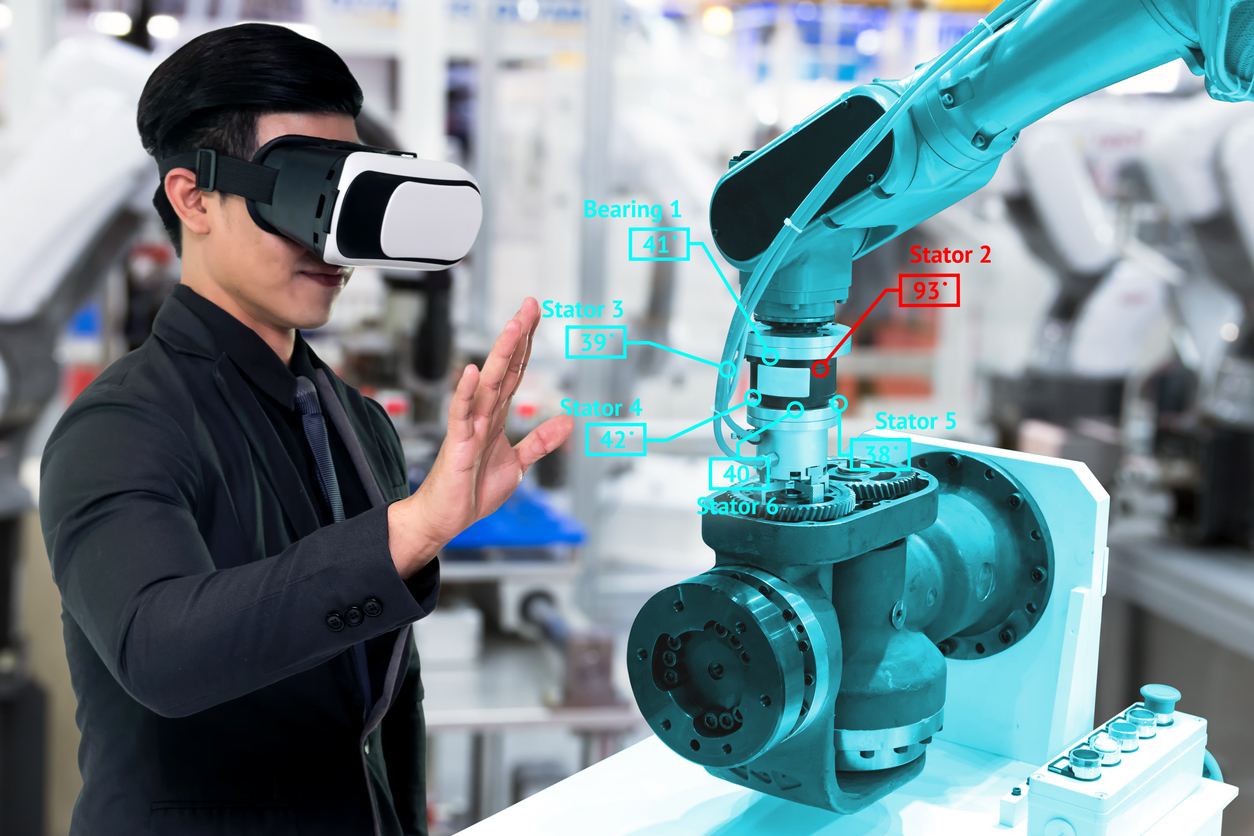
technologies that change...
Recoognition of our human experience through data collection of events, documents and images is a stepping stone in our digital economy. These technologies help us recognize, sort and make intelliegence ethically from our everday life in cities.
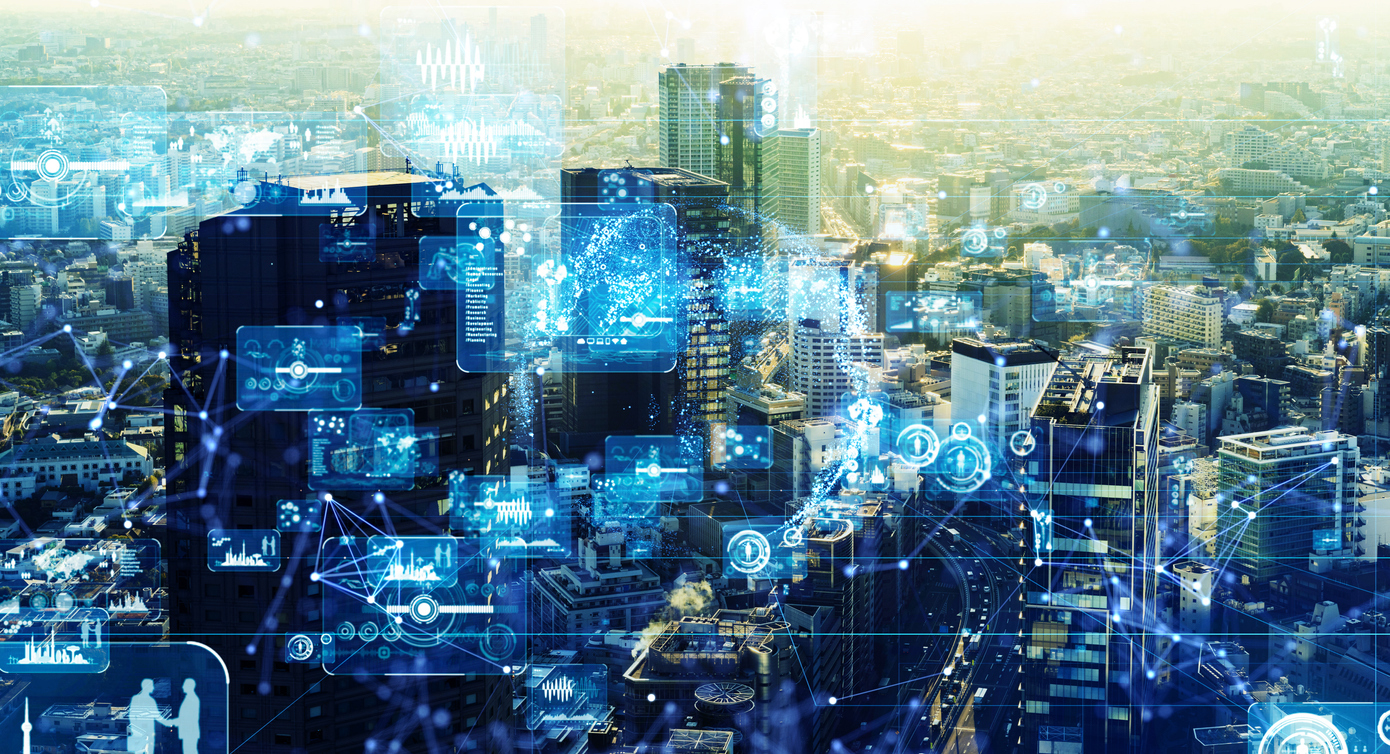
technologies that change...
Collective human health is at the heart of growth in our society. Buildings and cities are progressively shifting towards more sanitation, mindfulness and care with each passing decade. These are the technologies that will help us push human health to the next level for the built environment.
